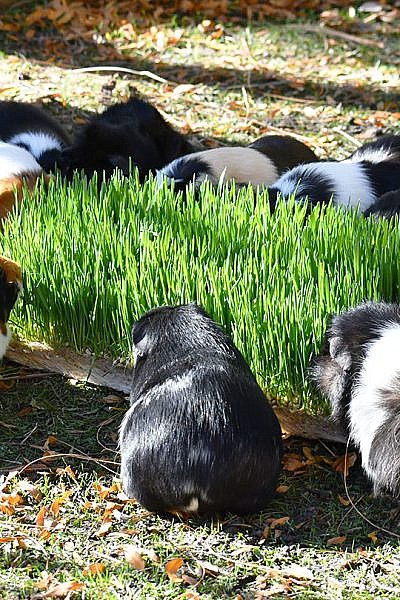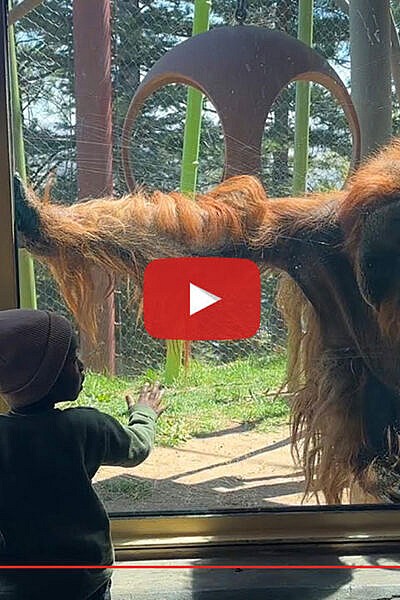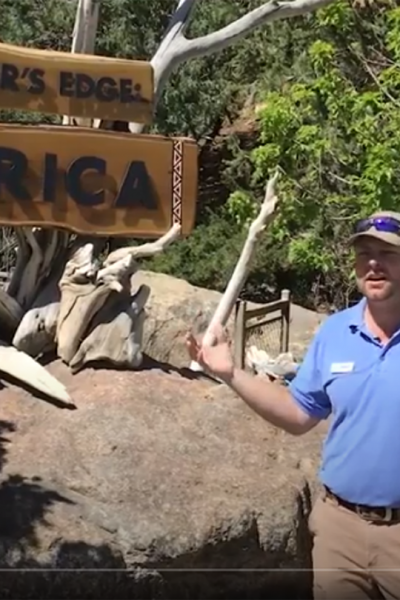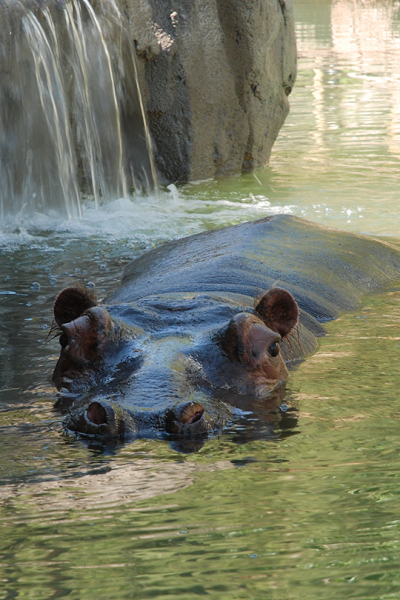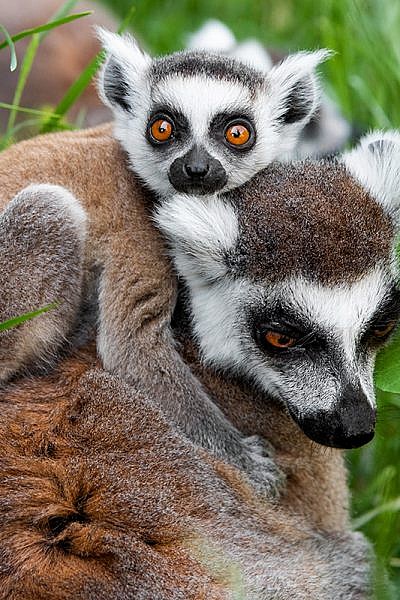From the tallest giraffe to the smallest axolotl, Cheyenne Mountain Zoo is home to a diverse variety of animals with a common thread: the Zoo’s dedication to their care. Arguably, one of the most charming species at the Zoo is the guinea pig. In Water’s Edge: Africa, a vibrant muddle (a group of guinea pigs) thrives in the cavy equivalent of a ‘Barbie Dream House.’
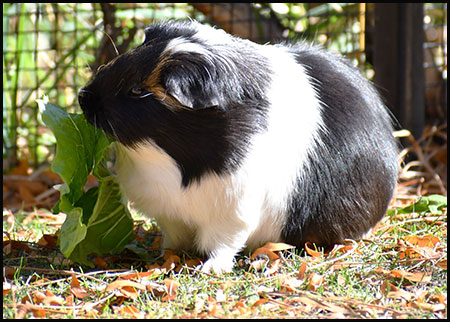
“Like all animals, guinea pigs need an enriching environment to flourish,” Grace Sullivan, lead keeper in Water’s Edge: Africa says. “In addition to monitoring our animals‘ needs, our job is observe how animals interact with their environments and maintain them to support our animals’ needs.”
The muddle’s care team provides activities that support their independence, choice and control with opportunities to explore, socialize, and exercise in ways they find rewarding. Guinea pigs are extremely social animals. They’re curious and energetic. With 17 guinea pigs ranging from young to geriatric at CMZoo, Sullivan and her team work to address the individual needs of each.
Yzma [YEEZ-muh] is among the standout residents of this muddle. The 6-year-old cinnamon-colored guinea pig, with charming full-body cowlicks, is one of the original members of the CMZoo guinea pig herd, having arrived at the Zoo in 2020. As the eldest, she has learned to participate in her own health care, taking oral medication to ease age-related issues like arthritis.
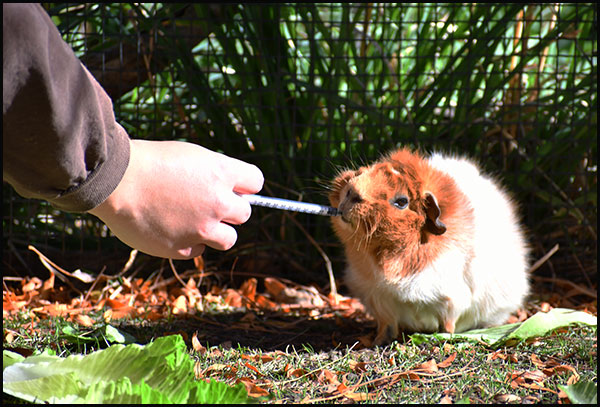
Guinea pigs have a short lifespan, usually around five years. With habitat adjustments, medications and voluntary husbandry checks, like scale training, the team works to maximize their quality of life during that time. Recognizing the changing needs of older guinea pigs, the Water’s Edge: Africa team introduced the ‘Silver Whiskers Program.’
“When we first notice a health decline in a guinea pig that’s getting older, we start them on the Silver Whiskers Program with a thorough medical exam,” Grace says. “That data sets a baseline for them, and we can rely on it to support them as they age gracefully.”
Checking teeth, joints and blood values allows the team to monitor and address health changes with solid data to guide welfare decisions. The team also tracks quality-of-life measures, like weight, mobility, social activities and interactions with their environments.
Guinea pigs in their golden years get exclusive access to the ’Silver Whiskers Dining Room,’ where they need not compete with much younger, faster eaters, like 2-year-old Brenda.
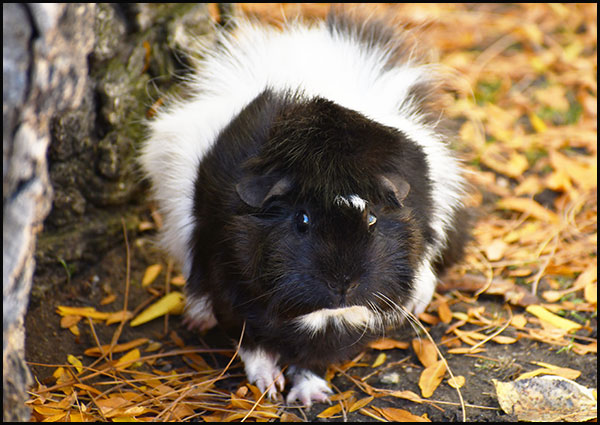
Long-haired, black-and-white Brenda is known for her speed and dominance in the herd. She’s usually first to investigate new enrichment or nudge another guinea pig out of the way to get what she wants. Tiny and feisty, Brenda taught keepers that some guinea pigs don’t want to interact with humans, and she’ll give a healthy guinea pig ‘head toss’ at anyone who needs reminding.
Another key character in the herd is short-haired, brown-and-black, brown-and-black, short-haired Grandpa. The one-year-old guinea pig is known for his ability to start a ‘popcorning’ party in the herd. Popcorning is a display of excitement among guinea pigs, and it looks just like it sounds: a sudden, vertical leap – usually displayed a few times in a row. A popcorning muddle is a remarkable sight.
First-time visitors exploring Water’s Edge: Africa for hippos and penguins might be surprised to find themselves captivated by the antics guinea pigs. CMZoo frequenters know the cavies are worth their own visit to the Zoo.
“It is really fun to get to know our members and guests through our interactions about the guinea pigs,” Grace says. “When guests see us engaging with the guinea pigs, they realize that they’re given the same freedoms and care as larger animals like hippos or lemurs, and they share updates they’re making to their own guinea pigs’ habitats. That makes me happy to know our muddle is inspiring welfare improvements for pets, too.”
The guinea pigs will continue to explore their yards during the winter months, when it’s sunny and free of snow. If they’re staying cozy in their climate-controlled hut, guests can see them through their clear front door.
